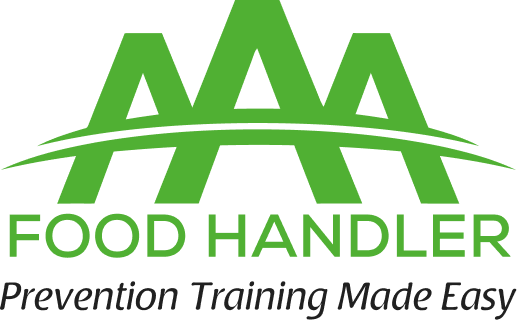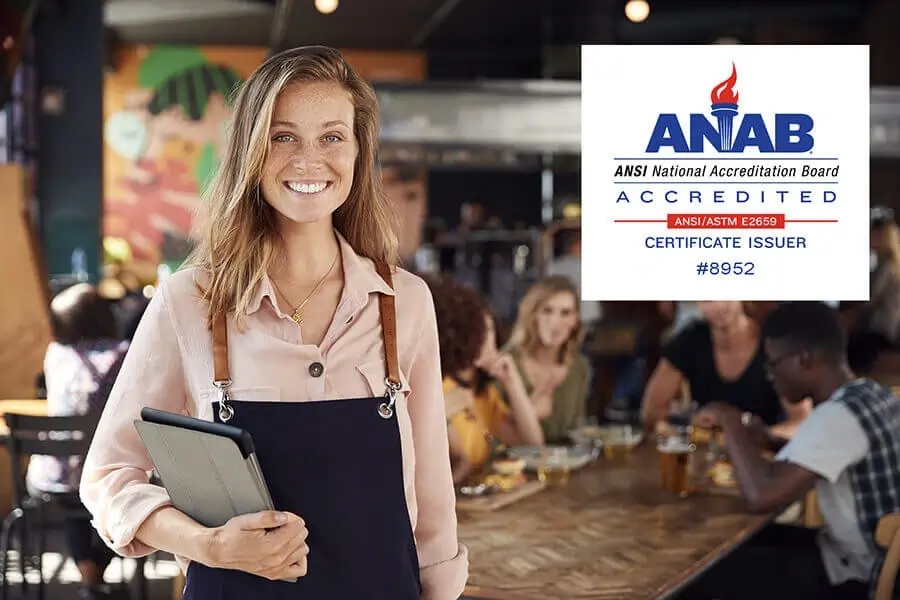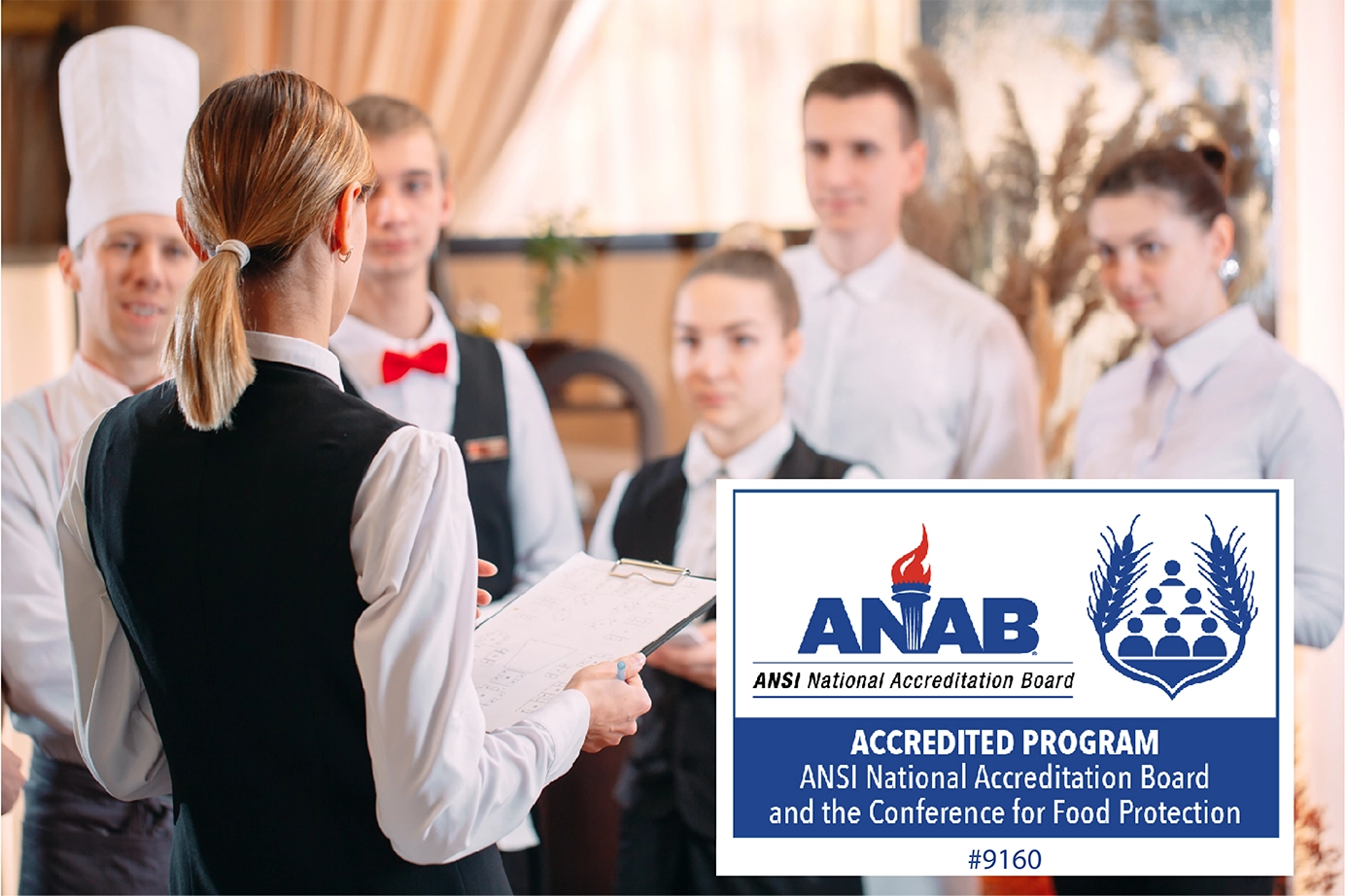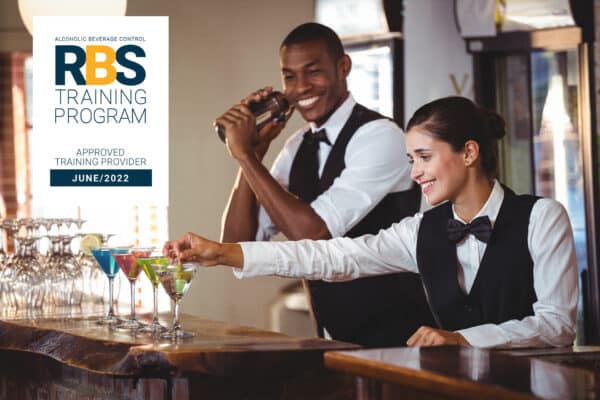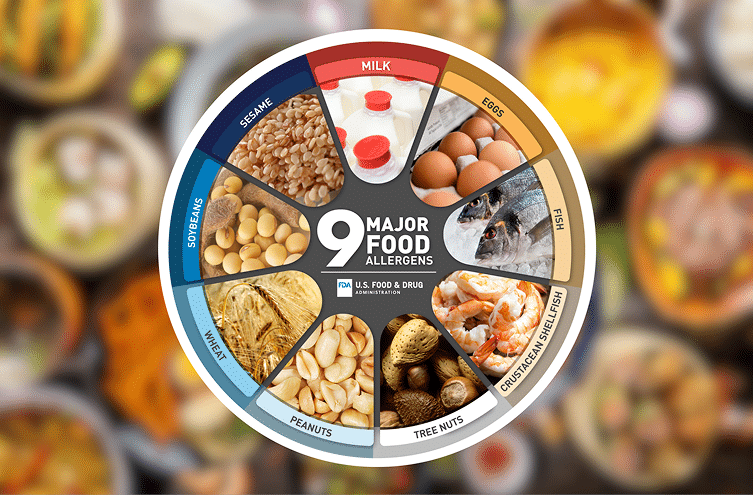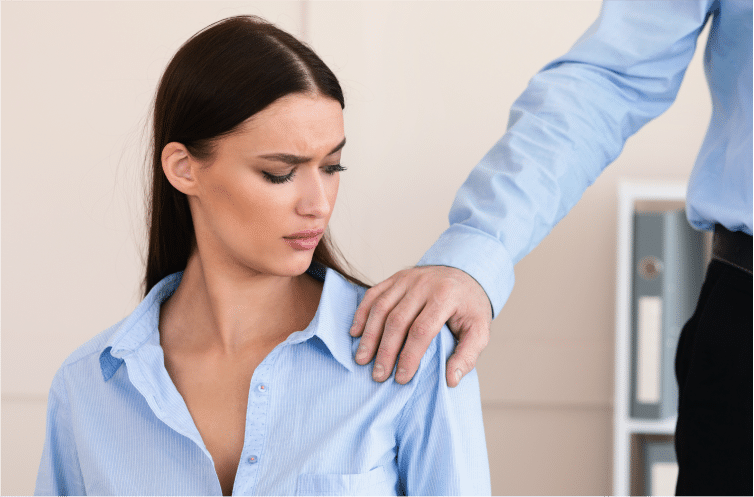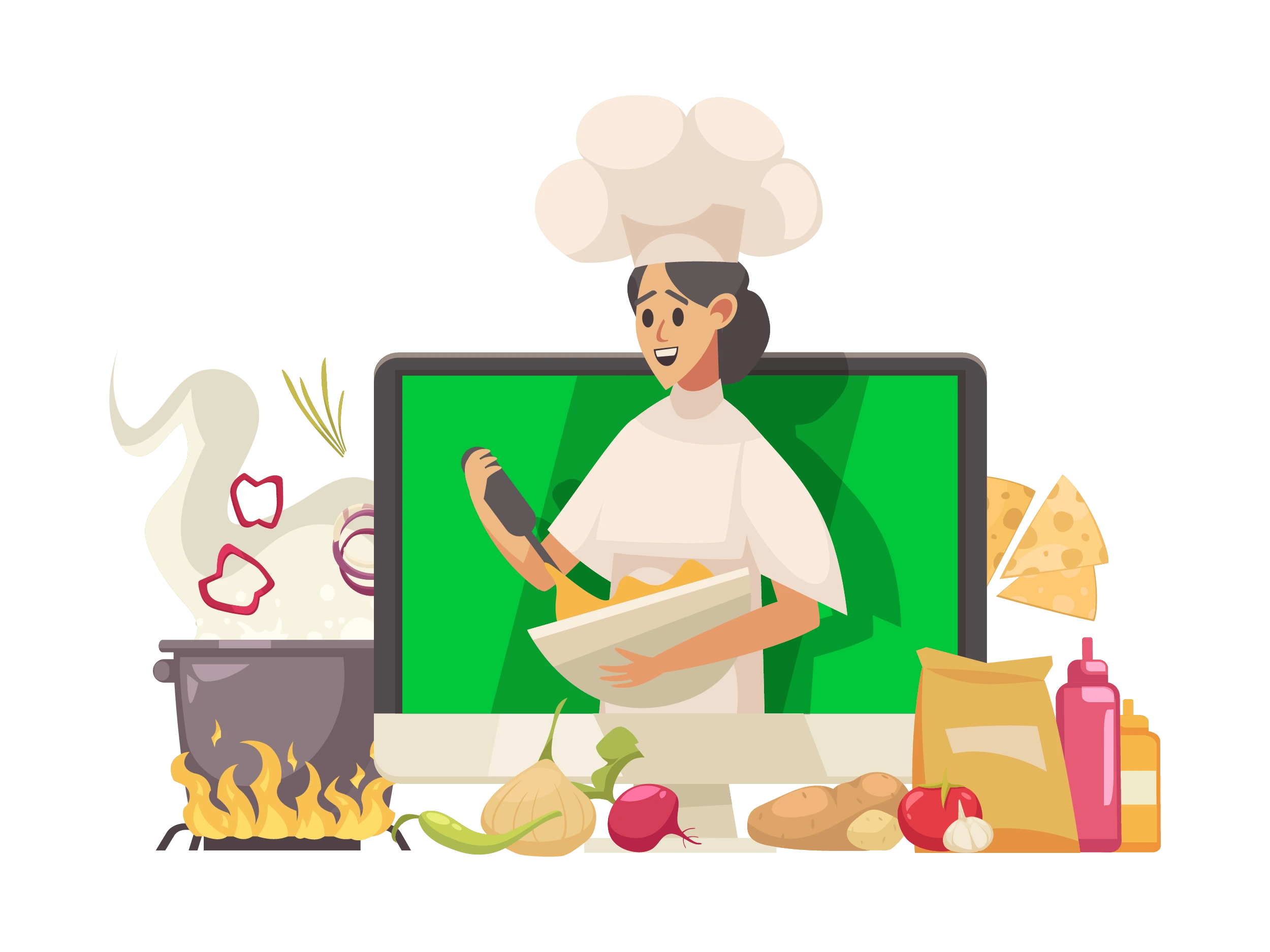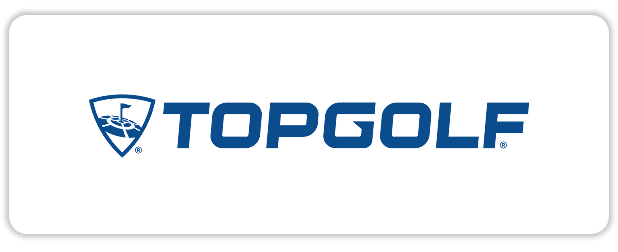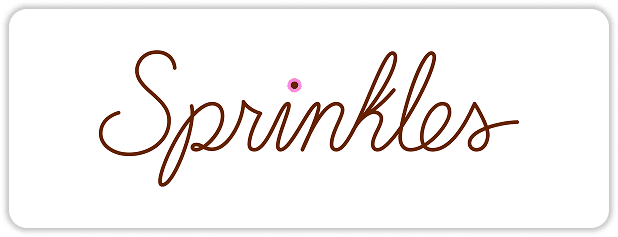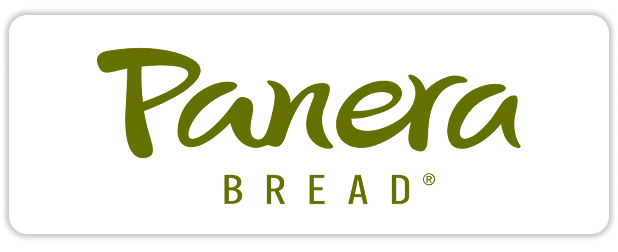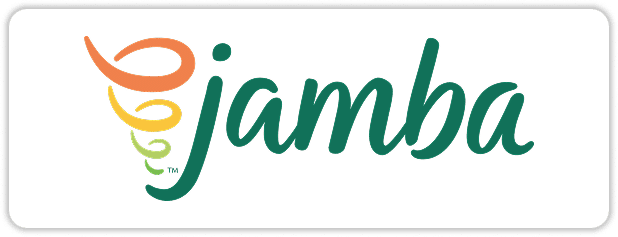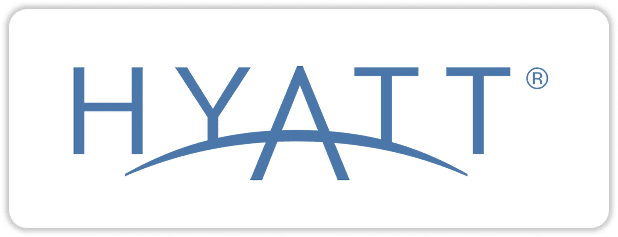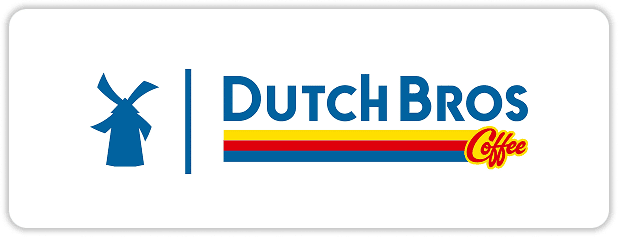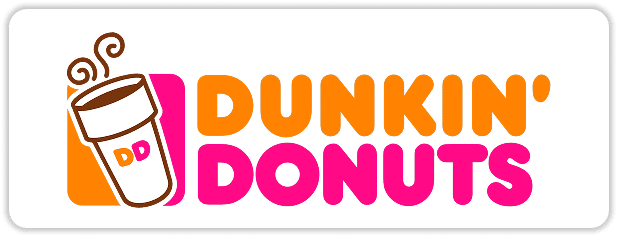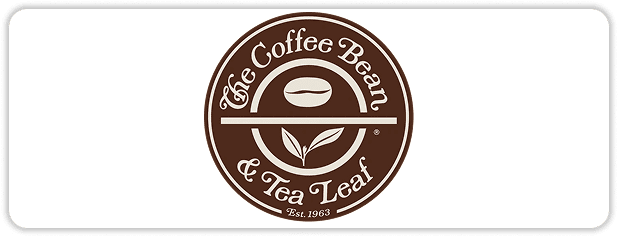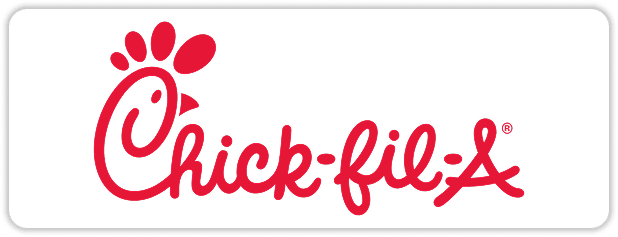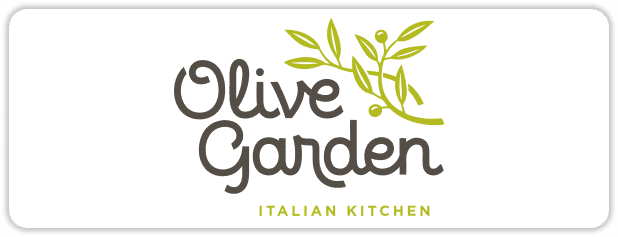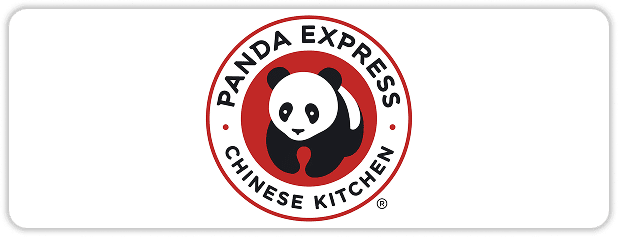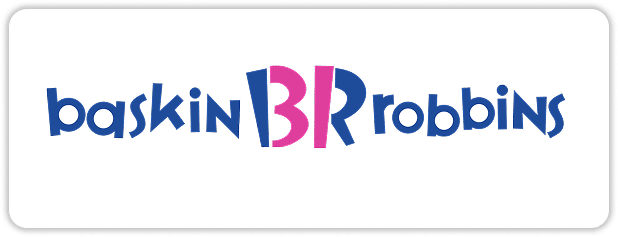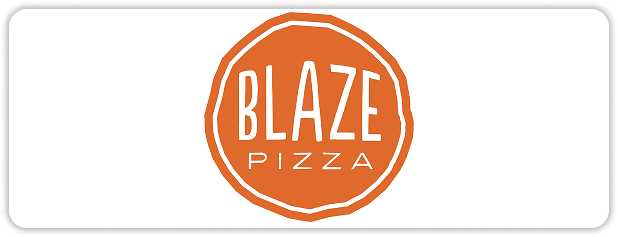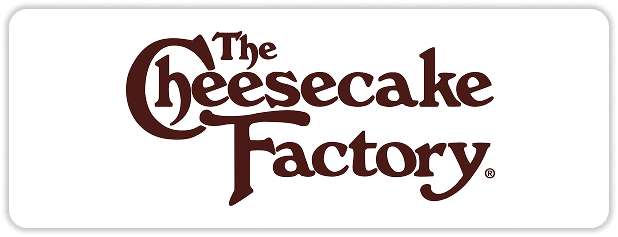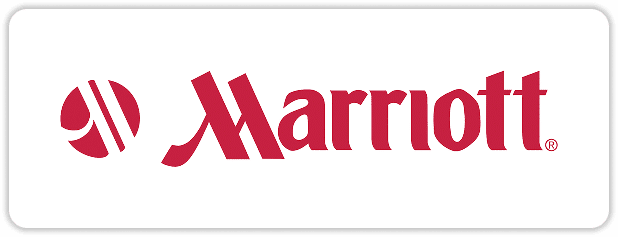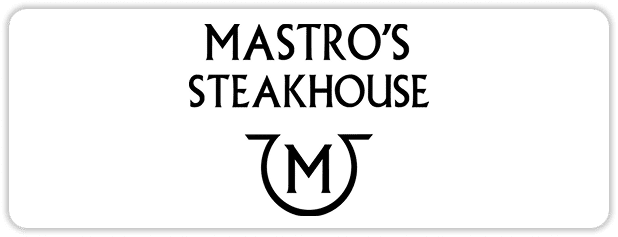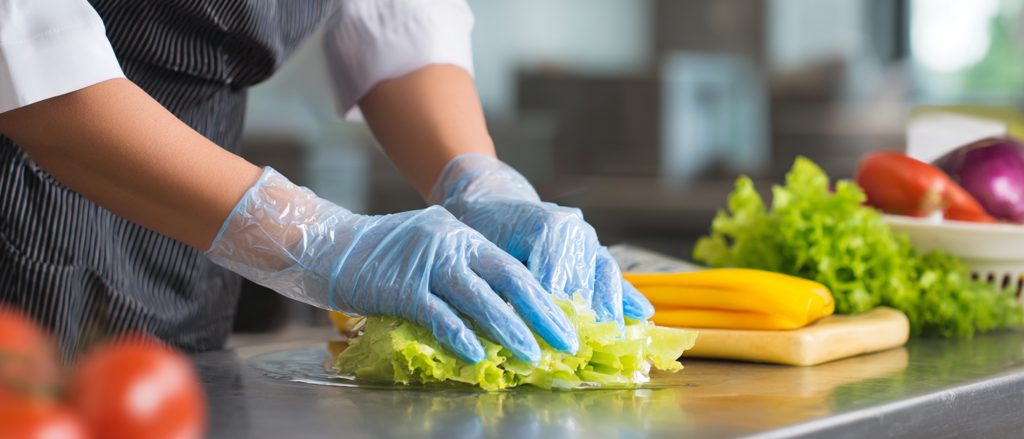
Personal Hygiene for Food Handlers: Best Practices by AAA Food Handler
Personal hygiene is one of the most critical responsibilities for food handlers. Proper hygiene prevents the spread of foodborne illnesses and ensures that customers receive safe, uncontaminated food. This blog answers common questions about personal hygiene practices that every food handler must follow, as recommended by the AAA Food Handler.
What is Personal Hygiene for Food Handlers?
Personal hygiene for food handlers refers to the daily habits and practices that maintain cleanliness and prevent contamination in food preparation areas. It involves proper handwashing, clothing care, wound management, and overall awareness of how personal behaviors can impact food safety.
Food handlers work in many settings, including restaurants, cafeterias, hospitals, schools, and food manufacturing facilities. No matter the environment, poor personal hygiene can directly lead to the spread of pathogens like bacteria, viruses, and parasites.
Why is Personal Hygiene Important in Food Handling?
Foodborne illnesses are often caused by pathogens transmitted through improper handling, contaminated surfaces, or infected personnel. Personal hygiene has a very pivotal role to play in preventing these risks.
By practicing proper hygiene, food handlers can:
- Prevent cross-contamination between raw and ready-to-eat foods
- Protect vulnerable populations like the elderly or immunocompromised individuals
- Maintain compliance with health department regulations
- Build trust with customers and employers
How Does Hand Hygiene Affect Food Safety?
Hand hygiene is the most important aspect of Personal Hygiene Tips for Safe Food Handling. Hands can easily carry pathogens from bodily fluids, surfaces, or contaminated items.
Food handlers should:
- Wash your hands thoroughly with soap and warm water for at least 20 seconds
- Wash your hands after handling raw meat, seafood, or poultry
- Wash your hands after using the restroom, sneezing, coughing, or touching a wound
- Avoid touching hair, face, or other body parts while handling food
Proper handwashing reduces the risk of transferring bacteria or viruses to food or food-contact surfaces.
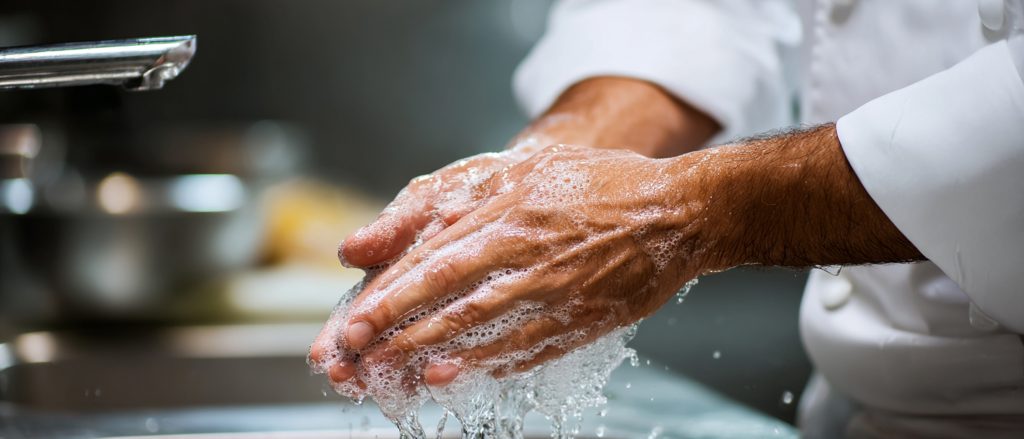
How Does Hand Hygiene Affect Food Safety?
Food handlers sometimes have cuts, scrapes, or infected wounds. These injuries can harbor bacteria such as Staphylococcus aureus, which can contaminate food and make customers sick.
Washing a wound and covering it with a bandage and a glove is an example of maintaining personal hygiene high and food handling secure
This method works because:
- Cleaning the wound – Removes dirt, debris, and bacteria that could spread to food
- Applying a waterproof bandage – Protects the wound and prevents pathogens from leaking.
- Wearing a single-use glove over the bandage – Adds a barrier to prevent cross-contamination and keeps the bandage secure.
Some food service operations may require a brightly colored bandage so it’s easier to spot if it accidentally falls into food.
Can Jewelry or Long Fingernails Affect Food Safety?
Yes. Jewelry such as rings, bracelets, and watches can harbor pathogens, collect dirt, and even fall into food. Long or jagged fingernails also trap bacteria and germs.
Recommendations:
- Remove jewelry except for smooth wedding bands
- Keep nails trimmed, filed, and clean
- Avoid nail polish and artificial nails unless gloves are worn at all times
Even gloves must be changed whenever they become contaminated, and hands should always be washed before putting on new gloves.
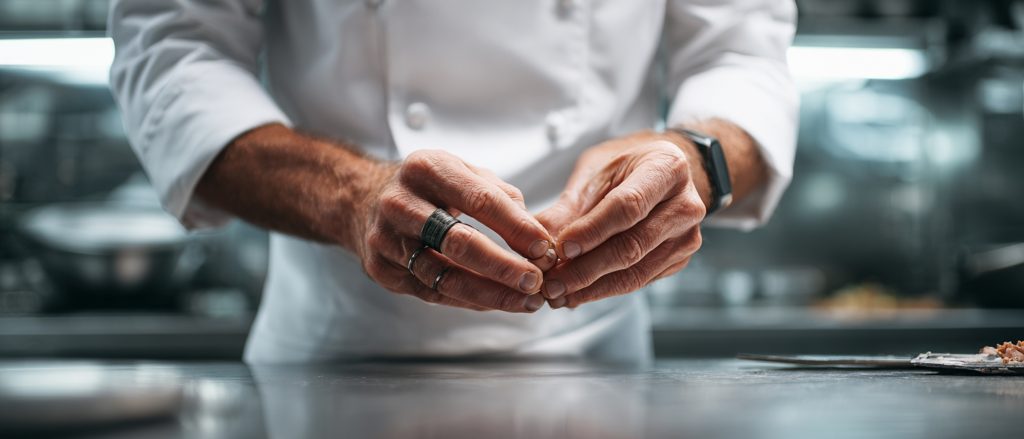
How Should Clothing be Managed for Hygiene?
Clothing can carry pathogens from outside environments into the food preparation area.
- Wear clean outer clothing daily.
- Change into work clothes at the workplace.
- Remove aprons or chef coats when leaving food prep areas.
- Never use clothing to wipe hands or handle food.
Clean clothing reduces contamination and demonstrates professionalism in a food service environment.
What About Eating, Drinking, or Chewing Gum While Handling Food?
Food handlers should avoid eating, drinking, or chewing gum in food prep areas. These activities can introduce saliva droplets that contaminate food, utensils, and surfaces.
If drinking is allowed, it should be from a closed container in a designated area away from food contact surfaces. Personal items like backpacks should also be stored safely to prevent contamination.
How do Hair and Bodily Discharges Affect Food Hygiene?
Hair can contaminate food directly if it falls into dishes or indirectly if a food handler touches it and then handles food and in order to avoid that, hats, hairnets, or beard covers are essential.
Similarly, sneezing, coughing, or a runny nose can transfer pathogens. Food handlers should:
- Sneeze or cough into their elbow
- Avoid touching food when sick.
- Report any symptoms of illness to your manager immediately.
Preventing contamination from bodily discharges is crucial to food safety.
When Should a Food Handler Report Illness?
Food handlers must notify their manager if they experience symptoms such as:
- Vomiting or diarrhea
- Jaundice (yellowing of skin or eyes)
- Sore throat with fever
- Infected wounds with pus or drainage
Reporting these issues promptly prevents contamination and protects the health of coworkers and customers.
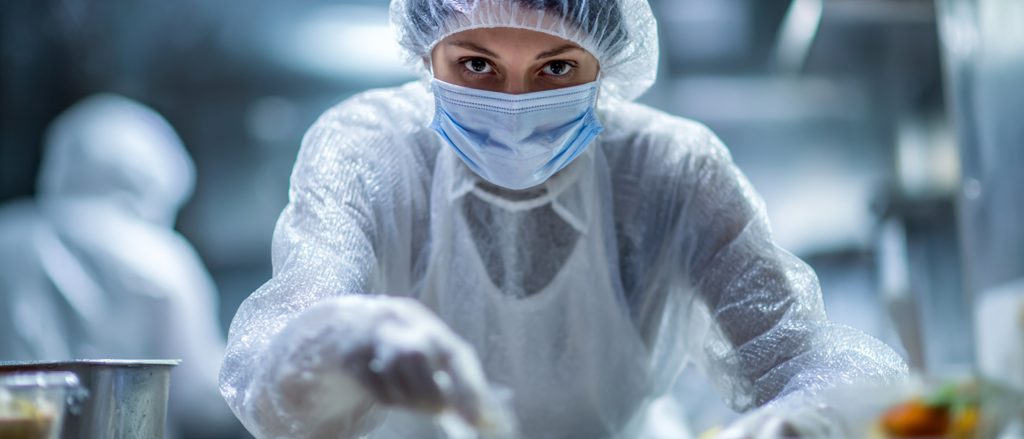
How can an AAA Food Handler Help Maintain Proper Hygiene?
Completing a Food Handler Certificate program through AAA Food Handler ensures you understand all aspects of personal hygiene and food safety.
Even in workplaces or states where certification is optional, earning a certificate shows employers and customers that you take food safety seriously. The AAA Food Handler’s program covers proper handwashing, wound care, clothing, and hygiene practices that are essential for safe food handling.
The Bottom Line: Stay Safe with AAA Food Handler
Personal Hygiene Tips for Safe Food Handling is a responsibility, not just a rule. Practices like washing a wound, covering it with a bandage, and wearing a glove are simple but critical ways to prevent contamination.
A Food Handler Certificate from AAA Food Handler helps you stay current with best practices, demonstrates professionalism, and prepares you for a safe and confident career in food service. Even if your state or employer doesn’t require certification, completing an ANAB-accredited program ensures you are fully trained and trusted in the food industry.
Get certified, maintain excellent personal hygiene, and show your commitment to food safety with AAA Food Handler today.
